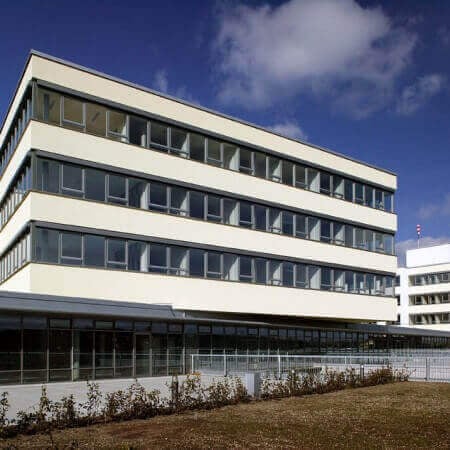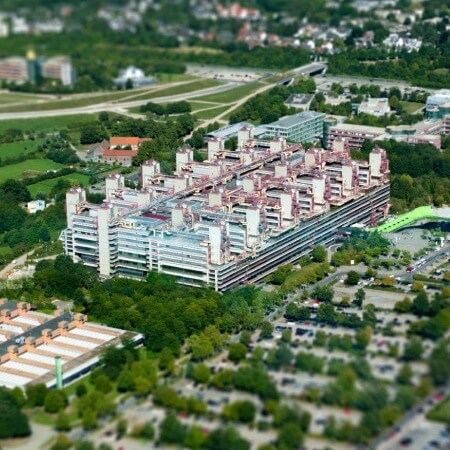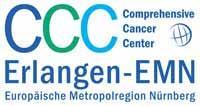Primary lung lymphomas, arising from bronchus-associated lymphoid tissue (BALT), are very rare neoplasms, accounting for 1% of all non-Hodgkin's lymphomas. In 90% of cases, this is a MALT lymphoma, which develops from the lymphoid tissue of the bronchial mucosa. Most tumors are classified as indolent lymphomas. Chemotherapy is considered the main method of their treatment, so doctors resort to surgical interventions and radiation therapy less often.
Content
- Diagnostics
- Chemotherapy
- Surgery
- Radiation therapy
Lung lymphomas are treated with induction chemotherapy. After its completion, antibody maintenance therapy is used for 2 years to prevent recurrence of the disease. Surgical interventions for tumor removal are rarely performed, just as radiation therapy is also very rarely provided.
You can undergo treatment in one of these hospitals: University Hospital Mannheim, University Hospital Heidelberg or University Hospital Frankfurt am Main.
If you want to undergo lung lymphoma treatment in Germany, you are welcome to contact Booking Health. Our specialists will select a highly specialized clinic and doctor for you, hold a consultation on possible treatment methods and make an appointment, help you to prepare documents and apply for a visa, as well as book airline tickets for you. During the treatment, you will be in touch with a personal coordinator and an interpreter will also accompany you at the clinic.
Diagnostics
A lung CT scan is the main technique for lung lymphoma diagnostics. Signs of the disease can be determined by an instrumental examination, on average this can be 5 years earlier than the first symptoms of the disease manifest themselves.
The doctor can see the areas of compaction of the lung parenchyma in the scans. Some patients have enlarged mediastinal lymph nodes at the time of the diagnostics.
In some cases, a PET scan can be performed. This method is useful for aggressive lymphomas, which rarely develop in the lungs. Doctors inject fluorodeoxyglucose into the body and then use scans to determine where it accumulates. Cancer cells absorb this agent more intensively.
To confirm the diagnosis, a biopsy is performed. A bronchoscopy (endoscopic bronchial examination) is considered the best method for obtaining a tissue sample for examination. A percutaneous biopsy is performed much less often. This procedure involves the insertion of a needle into the lung through the chest wall. A video thoracoscopic lung biopsy is performed very rarely: this is where a piece of tissue is obtained during a minor operation, through a short incision in the chest.
Chemotherapy
The treatment of lung lymphoma in Germany most often begins with chemotherapy. It is called induction. The goal of the treatment is the complete removal of tumors and the achievement of a long-term remission. In many patients, the disease can be cured completely.
Preference is given to alkylating antineoplastic agents. In the last century, doctors preferred the R-CHOP, R-CVP and R-FCM regimens (which are still widely used in countries with poorly developed medicine). The R-CHOP regimen is used in Germany, often with the inclusion of bendamustine too. This regimen ensures a higher response rate. It is well tolerated and rarely causes complications, so it is successfully used even in elderly patients.
Upon the completion of induction therapy, the maintenance treatment of lung lymphoma with anti-CD20 antibodies is prescribed to patients. These are used every 8 weeks, for a course of 2 years. As a result, the risk of tumor recurrence is significantly reduced and, if it does recur, it happens much later.
Surgery
Surgery for the treatment of lung lymphoma is rare. Tumor resection often causes complications, a high frequency of recurrences and a poor quality of life. In addition, most patients are elderly and the operations to remove part of the lung are unsafe for them.
Should the operation be required, it is performed to the following extent:
- Lobectomy is the removal of a lung lobe;
- Sublobar resections are rarely used and involve the removal of a small part of the lung;
- Pneumonectomy is the removal of the entire lung.
In Germany, operations are less traumatic and safer. The chosen part of the lung is removed through short incisions in the thorax. Doctors perform video-assisted thoracoscopic and robot-assisted surgery. These surgeries are much less likely to cause severe complications and they provide a shorter period of rehabilitation for patients.
Radiation therapy
Lymphomas are sensitive to radiation. Despite this fact, radiation therapy for these neoplasms is rarely used. Lung tumors are difficult to irradiate without damaging healthy lung tissue, the esophagus and sometimes the heart. Surgery and chemotherapy are considered equally effective treatments and at the same time, safer methods of treatment, which is why doctors prefer them.
Radiation therapy can sometimes be used instead of surgery. It is carried out for localized lung lymphoma, if surgical treatment is contraindicated due to the presence of concomitant diseases in the patient.
Germany offers the very latest radiation therapy options, which are very accurate, breathing-synchronized and have a minimal risk of developing any post-radiation complications. Doctors use intensity-modulated radiation therapy, image-guided radiation therapy, stereotactic body radiation therapy and other modern methods.
To undergo lung lymphoma treatment in Germany, you are encouraged to use the Booking Health services. On our website you can find out what is the price for treatment, compare prices and make an appointment for treatment. The price will not increase after the beginning of your treatment as all additional costs, if any, will be covered by your insurance. The Booking Health specialists will help you to select the best clinics in Germany and arrange your trip.
Authors:
The article was edited by medical experts, board certified doctors Dr. Nadezhda Ivanisova and Dr. Sergey Pashchenko. For the treatment of the conditions referred to in the article, you must consult a doctor; the information in the article is not intended for self-medication!
Sources:
National Center for Biotechnology
Cancer Research Institute
American Cancer Society




















